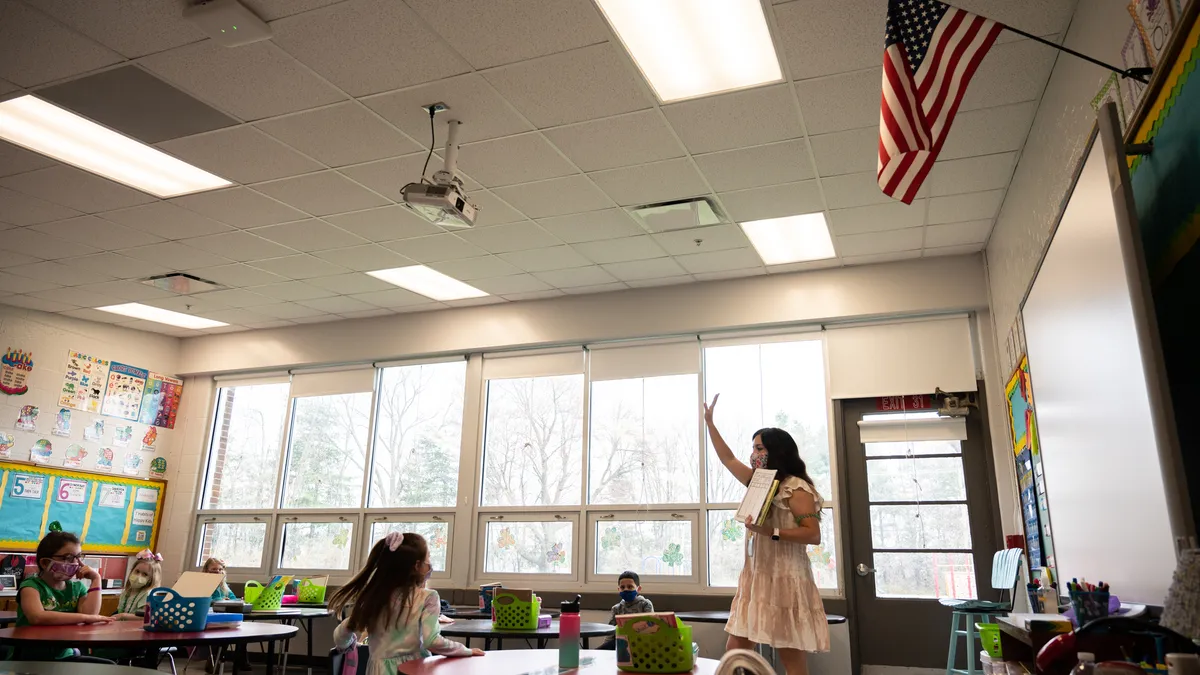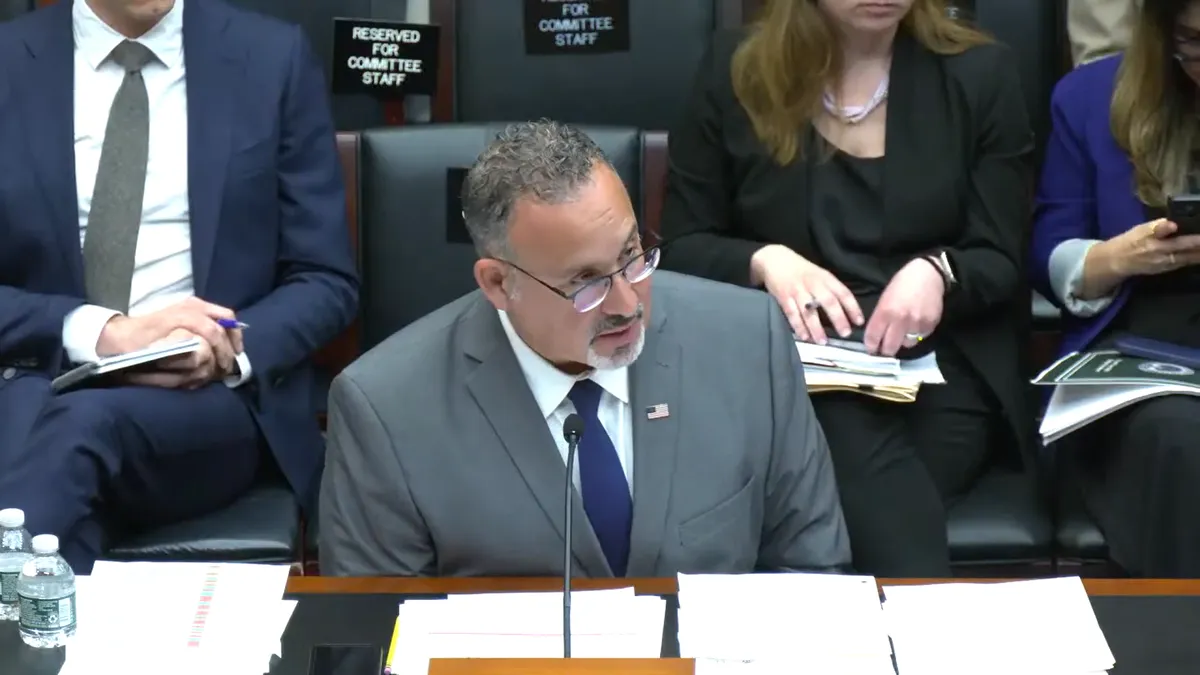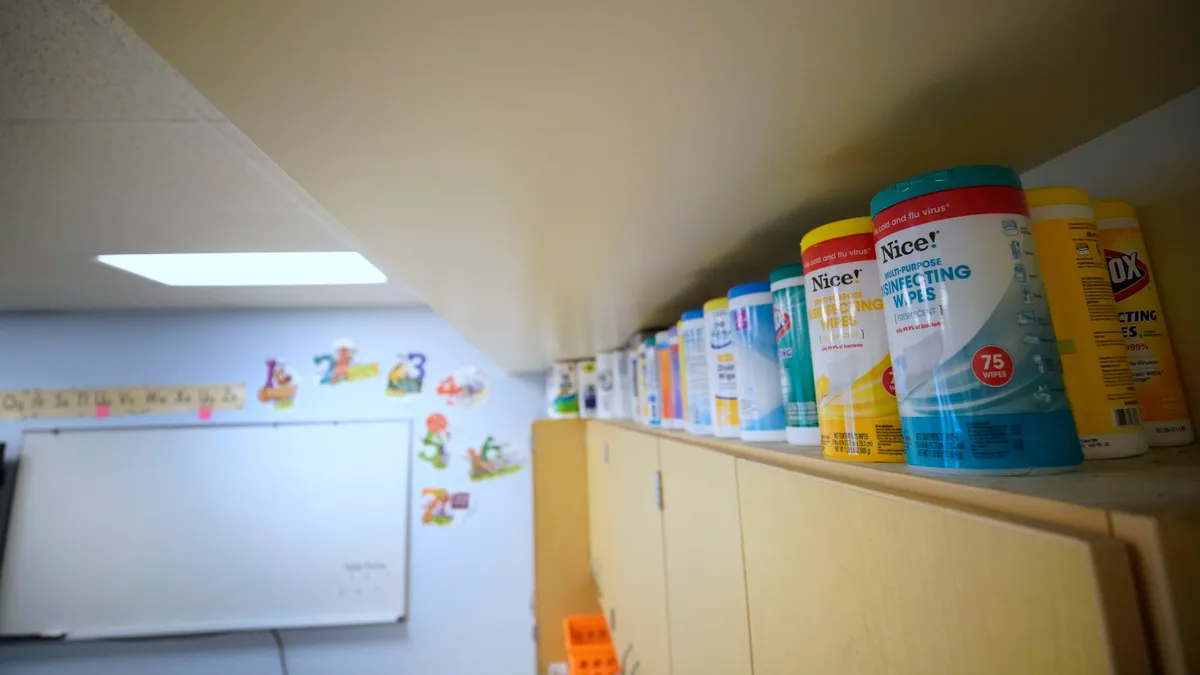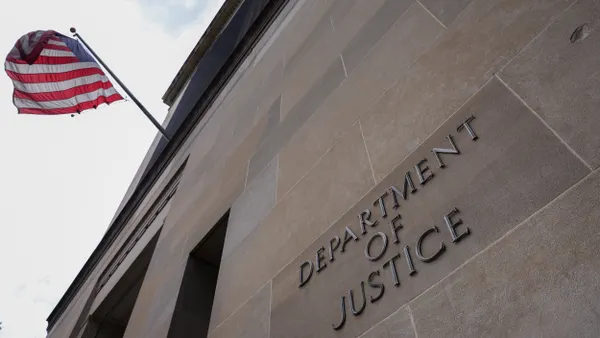A study analyzing the impact of the U.S. Environmental Protection Agency’s program to speed up school districts’ transition to cleaner school buses between 2012 and 2017 found upgrading to vehicles that expose students to less diesel exhaust helped improve school attendance.
With more than 25 million students riding school buses in the U.S., older vehicles are often exposing young riders to high levels of diesel exhaust, according to an April study published in the journal Nature Sustainability. Exposure to diesel exhaust can indirectly come from a school bus’ leaky cabin or more directly through open windows or doors, subjecting students to a higher amount of pollutants than if they were outside a bus, researchers wrote.
“This is of great concern given that exposures to traffic-related pollutants are understood to induce inflammation, reduce lung function and increase asthma attacks, which can lead to missed days of school,” the researchers wrote.
Through the EPA’s National Clean Diesel Rebate Program established by the Diesel Emissions Reduction Act of 2010, districts received funding in a lottery system to replace or retrofit buses between 2012 and 2017. The program awarded nearly $27.3 million to 430 recipients during that period, according to the study.
More recently, the EPA established the Clean School Bus Program, made possible by the 2021 Bipartisan Infrastructure Law that provided a $5 billion investment for low- and zero-emission school buses over a five-year period. In October, the EPA announced more than 400 districts were selected to replace about 2,600 of their buses — 95% of which will be electric powered.
As the EPA’s latest initiative to replace older school buses with cleaner-powered vehicles continues, these findings from the Nature Sustainability study show how the agency’s earlier efforts to replace aging buses impacted student attendance.










































